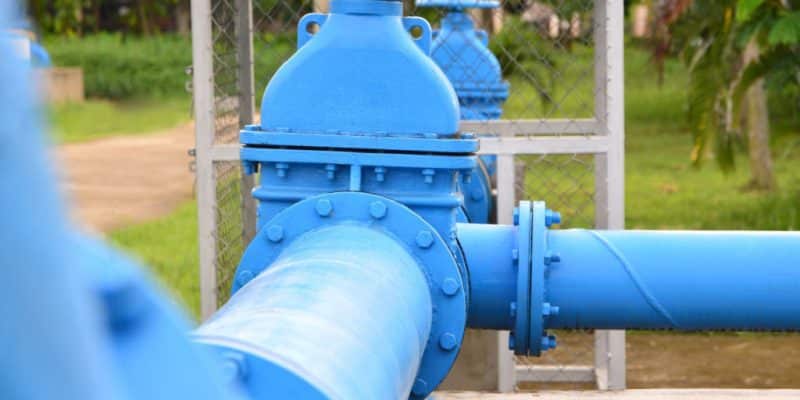The U.S. Agency for International Development (USAID) is funding a five-year program in Kenya to support water, sanitation and hygiene services. The initiative launched on March 13 will require an investment of approximately $130 million.
The “U.S. Government’s Global Water Strategy High Priority Country Plan for Kenya” is launched. The goal of the U.S. Agency for International Development (USAID), which is implementing the program in the East African country, is to strengthen water, sanitation and hygiene services in communities, especially those living in arid and semi-arid areas (Asal).
For the drinking water component of the project, the U.S. agency is targeting 1.6 million people over the next five years. Access to basic or improved water services for these people will be enhanced through the construction of new facilities dedicated to pumping, storing and distributing drinking water. By 2021, the Kenyan authorities estimate that 70% of the population will have access to safe drinking water. The ambition by 2030 is to guarantee universal coverage for all Kenyans.
A global investment of 130 million dollars
The five-year program will also strengthen basic or improved sanitation services for 1 million people in the country through the construction of new facilities, including latrines. According to the United Nations Children’s Fund (UNICEF), Kenya is one of 26 countries responsible for 90 percent of open defecation worldwide. According to the 2019 Kenya Population and Housing Census, nearly 85% of these open defecations occur in 15 counties namely Baringo, Garissa, Homa Bay, Isiolo, Kajiado, Kilifi, Kwale, Mandera, Marsabit, Narok, Samburu, Tana River, Turkana, Wajir and West Pokot, accelerating the proliferation of waterborne diseases.
Read also –
USAID plans to spend about $130 million to complete the program in the East African country, which is accustomed to support from the U.S. financial institution. In October 2022, Usaid allocated $19.8 million to the Western Kenya Water Project (WKWP), which will be implemented over five years to strengthen the supply of safe drinking water in eight Kenyan counties such as Kisii, Bungoma, Homa Bay, Kakamega, Busia, Kisumu, Migori and Siaya.
USAID will also work with other organizations, governments and communities to address the global water crisis. According to the institution, an additional $600 million is needed each year to achieve universal coverage by 2030.
Inès Magoum






